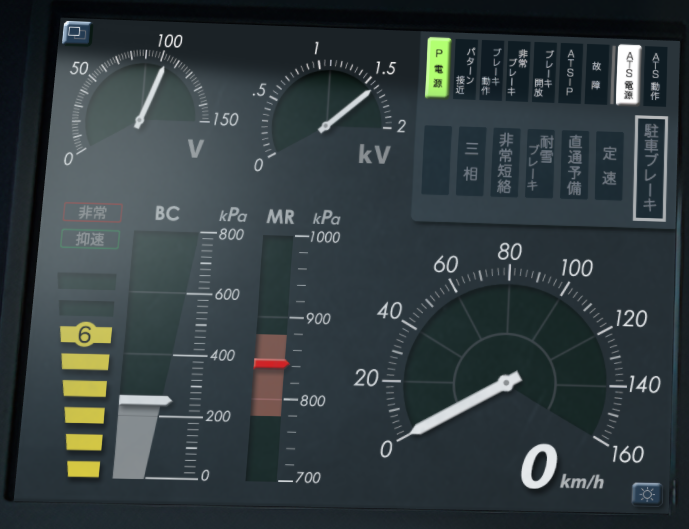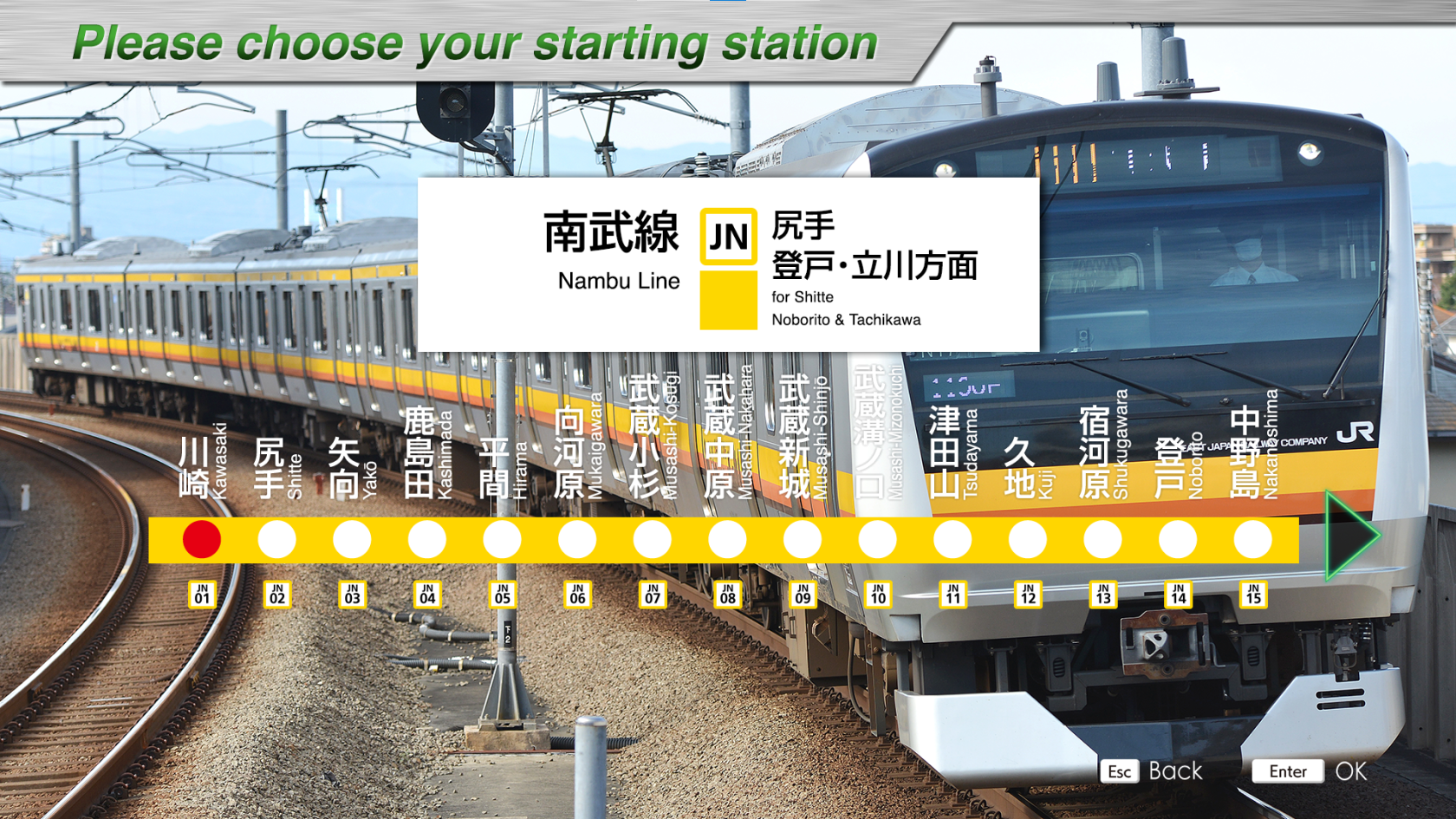Nambu Line
Introducing
The Nambu Line is a 35.5 km long line connecting Kawasaki Station in Kawasaki City, Kanagawa Prefecture and Tachikawa Station in Tachikawa City, Tokyo.
The predecessor of the Nambu Line was a private railroad company, Nambu Railway, which opened between Kawasaki Station and Noborito Station in 1927 for the purpose of transporting gravel from the Tama River. Later, in 1929, the entire line between Kawasaki and Tachikawa Stations, in its present form, was opened.
It is a commuter and school route that intersects with the Chuo Line rapid service radiating from central Tokyo, private railway lines, Yokosuka Line, Tokaido Line, and many other lines, connecting them in a circle, and is used as an important means of access between central Tokyo and the Tama region in the southern northern part of Kanagawa Prefecture.
Many electronics manufacturers and IT-related companies are located along the line, and the Musashi-Kosugi Station area is lined with high-rise condominiums as well as natural scenery such as the Tama River. The area is also characterized by many boat and bicycle racetracks and horse racing tracks.
In 2011, rapid transit service was restored for the first time in 32 years, and currently the fastest connection from Kawasaki Station to Tachikawa Station is 43 minutes.
Key data
- Line Length: 35.5 km
- Number of stations: 26
- Safety system: ATS-P
- Train model: E233-8000 series
- Max speed:
- Kawasaki ~ Tachikawa: 95 km/h
- Max speed after signals:
- Reduced speed (green/yellow): 75 km/h
- Caution (yellow): 55 km/h
- Speed restriction (yellow/yellow): 25 km/h
- Routes:
- Kawasaki ~ Tachikawa (603F): "Local" - 6 cars - 26 stations - 35.5 km
- Kawasaki ~ Musashi-Nakahara (843F): "Local" - 6 cars - 8 stations - 9.2 km
- Kawasaki ~ Tachikawa (4027F): "Rapid" - 6 cars - 26 stations - 35.5 km
- In-train announcements : Yes
- Driver announcement (pointing-and-calling) : No
When you're on the rapid line, you have to notify the conductor, using the buzzer (B key) when the train passes through a station.
Console details
Apart from the pocket watch and the door-closing indicator in the center of the console, there are 2 displays.
 The first screen (train technical info) displays electrical voltages and various indicators at the top.
The first screen (train technical info) displays electrical voltages and various indicators at the top.
The bottom area contains:
- Brake level and indicators for emergency brake in red (非常) and speed limit in green (抑速)
- Brake cylinder pressure (BC)
- Main air reservoir pressure (MR). Note that if this falls below the red zone (780kPa), the compressor starts up.
- Speed dial.
The top line of indicators are those for ATS-P. Here are the translations of the bottom line:
-
3-phases (三相)
-
Emergency short-circuit (非常短絡)
-
Snow resistant brakes (耐雪ブレーキ)
-
Safety Brakes (直通予備)
-
Cruise control (定速)
-
Parking brakes (駐車ブレーキ)
Consult the MON/TIMS/INTEROS screen page for more details about the TIMS screen.
Movie
Useful links
Wikipedia: https://en.wikipedia.org/wiki/Nambu_Line
Driver's guide: https://docs.google.com/spreadsheets/d/1Jzx47I9DaAdVm43REOtTeUY_cp4islfIgMYW6-8V3ew/edit#gid=820524735
Timetables (in japanese):
- Kawasaki ~ Tachikawa (603F): https://docs.google.com/spreadsheets/d/1Jzx47I9DaAdVm43REOtTeUY_cp4islfIgMYW6-8V3ew/edit#gid=210247629
- Kawasaki ~ Musashi-Nakahara (843F): https://docs.google.com/spreadsheets/d/1Jzx47I9DaAdVm43REOtTeUY_cp4islfIgMYW6-8V3ew/edit#gid=374881208
- Kawasaki ~ Tachikawa (4027F): https://docs.google.com/spreadsheets/d/1Jzx47I9DaAdVm43REOtTeUY_cp4islfIgMYW6-8V3ew/edit#gid=453102108

